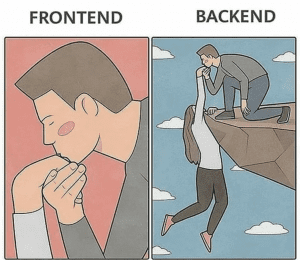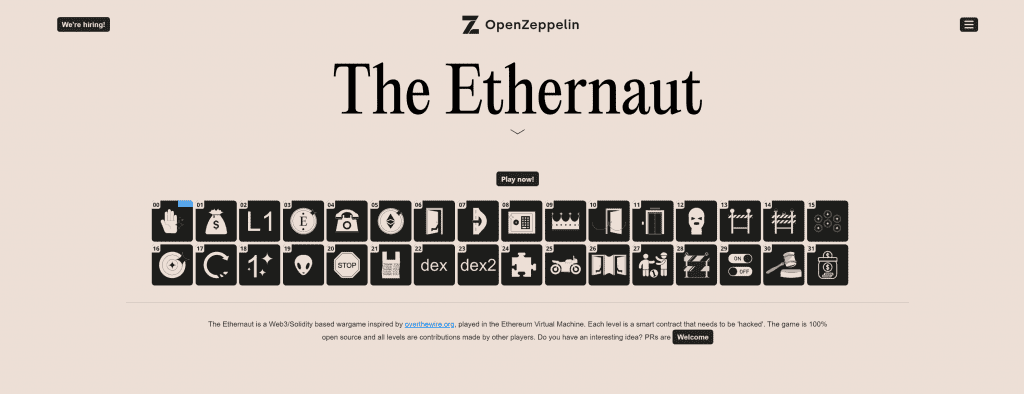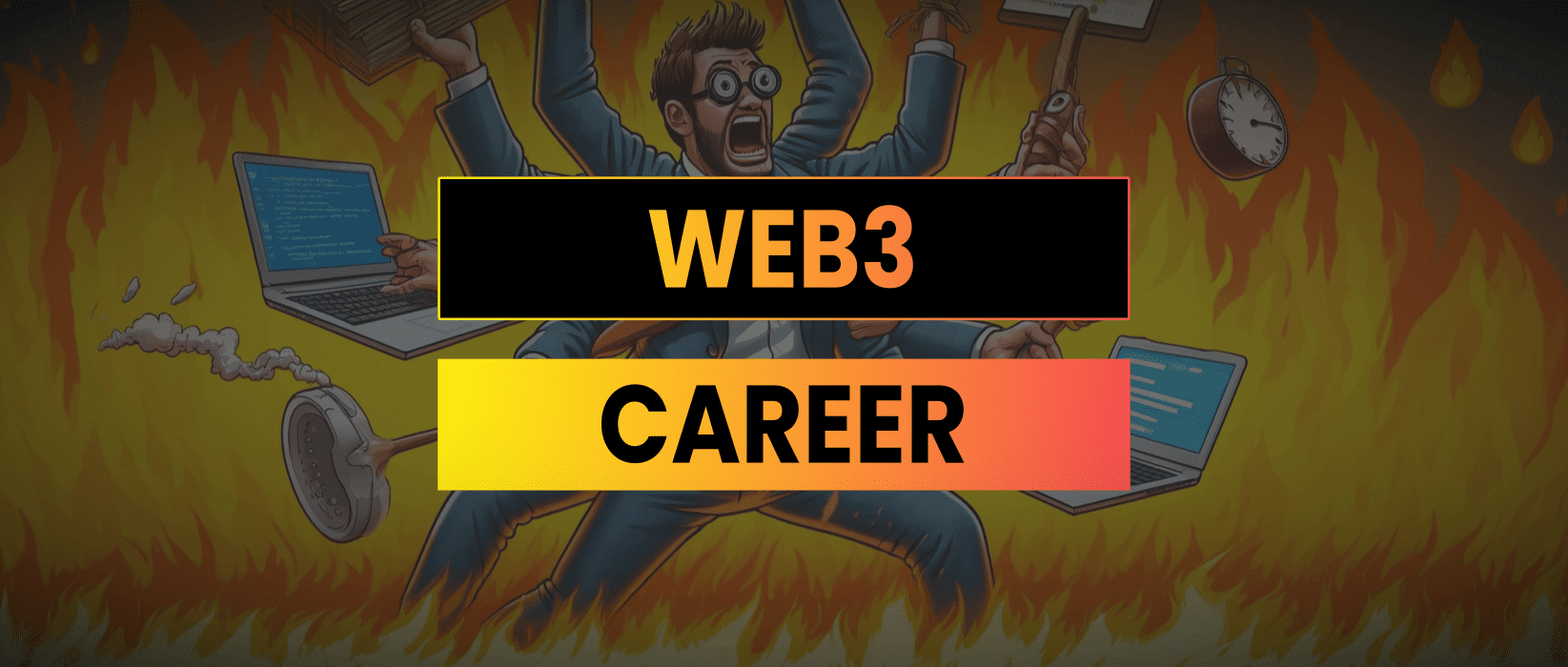- Learning to Build Smart Contracts
- Participating in Hackathons
- Junior Roles for Blockchain Developers
- Leveling Up Your Game
- Getting a Senior Role and Leading a Team
- Launching Your Own Project or Web3 Startup
Web3 represents the future of the internet, where developers can deploy permissionless code on a decentralized network. Building a career in this space requires a combination of technical skills, practical experience, and a strategic approach. This article outlines the key steps for anyone looking to forge a career in Web3, from learning Solidity to launching your own Web3 startup.
Learning to Build Smart Contracts
The foundation of any Web3 career starts with learning how to store data on chain in smart contracts. Solidity is the most widely used programming language for writing smart contracts. For frontend developers Solidity is similar to JavaScript which is intended to make it as easy as possible to get started.
Here’s how you can get started:
- Online Tutorials and Courses – There are online courses on platforms like CryptoZombies. These offer structured and entertaining learning paths for complete beginners.
- Documentation – The next step as any senior dev will tell you is to study the official documentation to understand the intricacies of the language and blockchain.
- Practice – Try and create your own contracts in remix and deploy them to testnets to get some experience and overcome any initial hurdles.
Participating in Hackathons
Hackathons are an excellent way to immerse yourself in the Web3 community, collaborate with like minded individuals, and build short term projects without committing your life to something.

Make sure you publish your code on Github as you can start to build a portfolio of your work which will be useful later.
There is some more tips for hackathons here:
Junior Roles for Blockchain Developers
As a junior blockchain developer, you have two primary pathways, starting with frontend development for a dapp or go straight into smart contract development.
Frontend Development – If you have a background in web development, starting with frontend roles can be beneficial. You’ll work on integrating blockchain functionality with user interfaces using frameworks like React.js and libraries like Ethers.js.
Backend Development – If you’re more interested in the blockchain side, focusing on smart contract development can be more rewarding but it has a steeper learning curve. This involves writing and testing Solidity code, working with tools like Hardhat and Foundry, and you’ll probably start off doing more testing of other peoples code than doing creative coding.

Choosing your path depends on your interests and existing skills. Both pathways offer valuable experiences that can propel your career forward. Linkedin is probably the best place to look for junior roles but networking around hackathons and incubators can also be a good way to get your foot in the door.
If you are willing to do the work then you can find a list of blockchain projects that have recently received funding and then reach out to them via email/socials as they will often look at using the funding to expand their team.
Leveling Up Your Game
After gaining experience in junior roles and participating in hackathons, you should be approaching the stage where you can confidently deploy smart contracts to the mainnet.
The fear of losing customer funds never goes away but by doing research on security best practices and past hacks you can gain confidence in your own code.

Implement comprehensive testing strategies to check individual functions and also scenario testing the contracts to ensure they act as expected under unusual circumstances. Consider third party auditing and bug bounties wherever there is budget available as this offers feedback from some of the best minds in the industry.
Getting a Senior Role and Leading a Team
Achieving a senior role in Web3 means taking on more responsibility and potentially leading a team. Every project will have a CTO or at least someone that is in charge of the development and technical side.
This is where the work starts to resemble more of a project management role rather than spending days in VScode at a time. You will be responsible for setting roadmaps, managing project timelines, ensuring documentation and testing is complete and fostering a collaborative team environment.
This is also the stage where are lot of devs stop learning, either because they are so busy or they feel they have a good enough background knowledge to understand whatever is thrown at them. The blockchain sector moves fast and it’s critical to keep up-to-date with the latest emerging technologies and trends. Participate in conferences and contribute to the community wherever possible. This blog and the YouTube videos don’t make any serious money but they do enable me to carry out original research and connect with other blockchain devs.
Getting a senior role is often about who you know rather than what you know. You’ll be working directly with the founder of a project so figure out a way to meet and help founders and other people building in the web3 space.
Launching Your Own Project or Web3 Startup
The biggest opportunity in web3 is launching your own project or startup. There will be billionaires made over the next decade who create useful things in DeFi and web3.

Successful startups solve real world problems. Identify a niche or issue within the blockchain space that you are passionate about and can address. Test ideas before you start building something if possible. Most startups fail because they build something that no one wants.
Be careful what funding you take on. There is plenty of VC funding being allocated to early stage web3 startups but it’s a double edged sword and if you talk to previous founders you’ll hear time and again that many VC’s have a long-term detrimental impact. Grants are also available where many alt L1’s and L2’s will have ecosystem grants for devs to build on their blockchain. The issue with this is that if they need to pay devs to build there it’s often because there are no users or demand which creates an uphill struggle for a project to gain traction.
Be prepared to pivot and iterate based on real users feedback and market conditions. Continuously improve your product to meet users needs and understand that everyone goes away in a bear market.
I hope this guide has proved useful and informative. It’s by no means a definitive “you must do it this way” and there are many routes and opportunities that probably aren’t covered here.
I’m lucky that I have met people at various stages of their careers and as a vast generalization this is the path that I see many taking.
Good luck and keep it permissionless.


